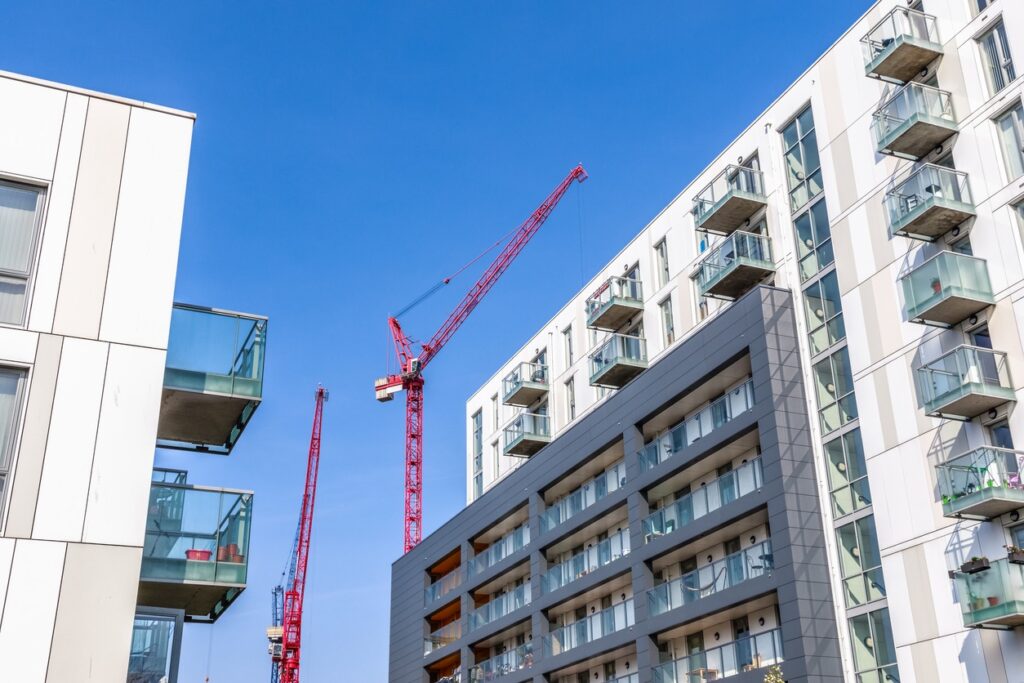
Leasehold Deeds of Certificate
Schedule 8 of the Building Safety Act 2022 and Building Safety (Leasehold Protections) (Information etc) Regulations 2022
Leaseholder Deeds of Certificate and Landlord’s Certificates were introduced by the Building Safety (Leasehold Protections) (Information etc) Regulations 2022 in July 2022 and will change the way residential flats are bought or sold in buildings at least 11 metres high or with at least five storeys.
Leaseholder Deed of Certificate
The Leaseholder Deed of Certificate provides a permanent record as to how the flat was owned or occupied on 14 February 2022 (the critical reference date for the purposes of Schedule 8 of the Building Safety Act 2022) and evidences that the flat is a qualifying lease for the purposes of the Schedule 8 protections.
Whilst it is broadly a self-certificate in which the leaseholder answers a series of questions to enable the landlord to assess whether the lease qualifies or not, it must be executed as a deed.
The leaseholder can choose to complete and send a deed of certificate to their landlord at any time, but they must complete a deed of certificate if their landlord notifies them that they require one, either because the leaseholder is selling the property or there is a relevant defect in the building.
The landlord has five days from finding out either that a leaseholder intends to sell their property, or that there is a relevant defect in the building to request the deed of certificate. Once a leaseholder has been notified, they must have at least 8 weeks to provide the certificate, and an additional four weeks if the leaseholder requests it.
There is no time limit for providing a deed of certificate if it is being provided voluntarily, rather than in response to a request. The landlord cannot charge the leaseholder for the cost of completing the deed.
If the leaseholder does not complete the deed, they will not benefit from the protections for qualifying leases. The leaseholder should complete the deed, even if the developer of the building signed the building safety pledge.
A lease qualifies for the maximum protection against remediation costs (all cladding system costs and all legal costs associated with the building owner pursuing remediation costs via legal action) only if, on 14 February 2022, the flat was either in owner-occupation or was owned by someone who did not own more than three UK properties in total on that date.
The protections apply retrospectively, so a building owner cannot demand payment of invoices simply because they were issued before the protections came into force, where the charges would now be prohibited.
The deed of certificate does not need to be formally accepted by the landlord and the landlord is not required to confirm receipt for the deed to have been executed. If a lease qualifies and the leaseholder has completed and sent the certificate, then the landlord must treat the lease as qualifying for relevant protections.
Leaseholders should keep copies of the deed of certificate for conveyancing purposes, for when your property is sold.
Landlord’s Certificate
The landlord’s certificate demonstrates (a) whether the building owner’s group meets the contribution condition; (b) whether the landlord’s group meets the contribution condition (where the tenant is a qualifying leaseholder); and (c) whether the building owner or any superior landlord at the time was associated with the developer of the building
The Certificate also contains information needed to calculate how much the landlord is entitled to charge for building safety works. The landlord must provide the leaseholder with a Landlord Certificate in any of the following circumstances:
- When they want to pass on any remediation costs onto a leaseholder through the service charge.
- Within four weeks from receiving notification from a leaseholder that their interest is to be sold.
- Within four weeks of the landlord becoming aware of a relevant defect which was not covered by a previous Landlord Certificate.
- Within four weeks of the leaseholder requesting a Landlord Certificate.
The Landlord’s certificate (in the form set out in the Building Safety (Leaseholder Protections) (England) Regulations 2022) must include the name and address of the relevant landlord as at 14 February 2022; the name and address of the current landlord and any superior landlords; information concerning the net-worth of the landlord on 14 February 2022. It also contains questions as to whether the landlord was in any way responsible for the relevant defects, or the commissioning of that work and any works previously taken to remedy relevant defects and amounts paid for that work.
If the building owner does not provide a valid Landlord’s Certificate, they will be unable to pass costs for remediation on to leaseholders.
If they believe themselves to be exempt from the full costs of remediation of historical safety defects, the building owners are required to provide evidence to that effect. Failure to disclose information or dishonestly making a false claim may be a criminal offence under the Fraud Act 2006, and their director, manager or secretary may also be held criminally liable.
Effect on conveyancing procedure
Undoubtedly, the Certificates will have a practical impact on the conveyancing procedure and, in response to the requirement for the Certificates, an updated Leasehold Property Enquiries form went live at the beginning of this month to coincide with lenders changing their policies in relation to lending against flats in remediation schemes or those covered by leaseholder protections.
The form includes several additional enquiries relating to whether there is a Leaseholder Deed of Certificate and whether a Landlord’s Certificate has been served, as well as new requests for documents covering the Leaseholder Deed of Certificate, the Landlord’s Certificate, and any known enforcement action taken. Definitions for the Leaseholder Deed of Certificate and the Landlord’s Certificate have been added, plus an amendment to the definition of a Right to Manage Company.
The form is by no means all done and dusted, with the Conveyancing Association proposing to create a standard set of additional enquiries to ensure conveyancers receive the information necessary to advise their borrower and/or lender clients on what they have been told is the current position, eg. whether the cost of the remediation work is completely covered, when it will be done, whether it will require the leaseholder to vacate the property.
Once they gain traction, the certificates should hopefully have the positive effect of unblocking lending against flats in high rise buildings, which have been held up for quite some time due to the uncertainty of who would be responsible for cladding remedial works, and the leasehold market will start to move again.
Mandatory information required from leaseholders and building owners – GOV.UK (www.gov.uk)
Leaseholder protections: deed of certificate – frequently asked questions – GOV.UK (www.gov.uk)
Remediation costs: what leaseholders do and do not have to pay – GOV.UK (www.gov.uk)
This article is for general purpose and guidance only and does not constitute legal advice. Specific legal advice should be taken before acting on any of the topics covered. No part of this article may be used, reproduced, stored or transmitted in any form, or by any means without the prior permission of Brecher LLP.




